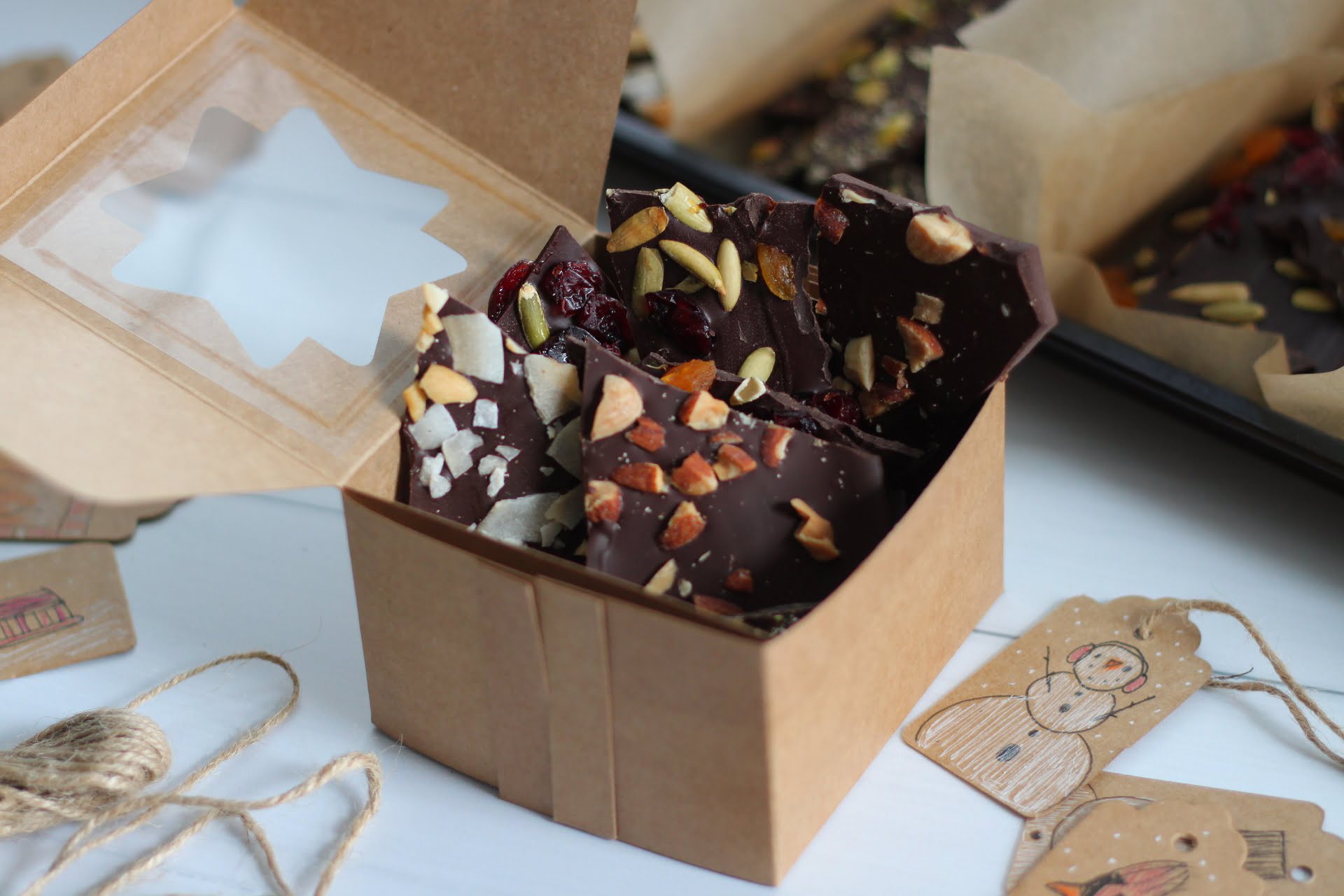

Articles
How To Store Chocolate Bark
Modified: February 27, 2024
Learn how to store chocolate bark to keep it fresh and delicious for longer. Read our informative articles and get expert tips on preserving the quality of your homemade chocolate treats.
(Many of the links in this article redirect to a specific reviewed product. Your purchase of these products through affiliate links helps to generate commission for Storables.com, at no extra cost. Learn more)
Introduction
Chocolate bark is a delightful treat that combines the smooth richness of chocolate with an array of delicious toppings. It’s a versatile and customizable dessert that can be enjoyed on its own or used as a topping for desserts or as a thoughtful gift. Whether you’re a seasoned chocolatier or a beginner looking to try your hand at making chocolate bark, one key consideration is how to properly store it to ensure its freshness and flavor.
In this article, we will explore different methods for storing chocolate bark to help you keep it fresh and tasty for as long as possible. We’ll discuss the type of chocolate to use, preparation steps, and different storage options at room temperature, refrigerator, and freezer. So let’s dive in and learn how to keep your chocolate bark at its best!
Key Takeaways:
- Properly storing chocolate bark is crucial for maintaining its freshness and flavor. Whether at room temperature, in the refrigerator, or freezer, follow these tips to ensure your chocolate bark remains delicious for days, weeks, or even months to come.
- Choosing high-quality chocolate, wrapping it tightly, and protecting it from heat, moisture, and odors are key steps to preserving the integrity of your chocolate bark. Whether you’re making it for yourself or as a gift, proper storage techniques will help you enjoy the deliciousness of chocolate bark whenever you desire.
Read more: How To Store Melted Chocolate
Choosing the Chocolate
When it comes to making chocolate bark, choosing the right chocolate is essential for the best flavor and texture. There are a few different types of chocolate to consider:
- Semisweet or bittersweet chocolate: These types of chocolate are commonly used for making chocolate bark. They have a higher percentage of cocoa solids, resulting in a rich and intense flavor. Look for high-quality brands with a cocoa content of at least 60% for a more pronounced chocolate taste.
- Milk chocolate: If you prefer a sweeter and creamier chocolate bark, you can opt for milk chocolate. It has a lower cocoa content and a higher proportion of milk solids and sugar, resulting in a smoother and milder flavor.
- White chocolate: While technically not chocolate as it doesn’t contain cocoa solids, white chocolate can still be used to make delicious chocolate bark. It has a creamy and sweet flavor, making it a popular choice for those who enjoy a lighter taste.
When purchasing the chocolate, it’s important to choose high-quality bars or chips. Check the ingredient list to ensure that it contains real cocoa butter and doesn’t have any added vegetable oils or artificial flavors. Opt for brands with a good reputation for producing high-quality chocolate.
Additionally, consider the form of the chocolate you’re using. You can either use chocolate bars or chocolate chips depending on your preference and availability. While bars need to be chopped or melted, chocolate chips are already in a convenient size for melting and can save you time in the preparation process.
Remember that the quality of the chocolate you choose will directly impact the taste and texture of your chocolate bark, so it’s worth investing in good-quality chocolate for the best results.
Preparing the Bark
Before diving into the different storage methods, let’s first discuss the process of preparing the chocolate bark. Here’s a step-by-step guide to creating tasty and beautiful chocolate bark:
- Melt the chocolate: Start by melting your chosen chocolate using a double boiler or a microwave. If using a double boiler, place a heatproof bowl over a pot of simmering water, making sure the bottom of the bowl doesn’t touch the water. Stir the chocolate occasionally until it’s completely melted and smooth. If using a microwave, microwave the chocolate in short intervals, stirring in between until it’s melted and smooth.
- Add your desired toppings: Once the chocolate is melted, it’s time to get creative! Stir in any desired mix-ins like nuts, dried fruits, crushed cookies, or pretzels. You can also add flavorings like vanilla extract or spices for an extra kick of flavor.
- Spread the mixture: Line a baking sheet with parchment paper or a silicone mat. Pour the melted chocolate mixture onto the prepared pan and spread it out evenly using a spatula. Aim for a thickness of around ¼ to ½ inch.
- Decorate the surface: This step is optional but highly recommended for an aesthetically pleasing bark. Sprinkle additional toppings on top of the melted chocolate to enhance the visual appeal. Think of colorful sprinkles, shredded coconut, mini marshmallows, or even a drizzle of contrasting melted chocolate.
- Allow it to set: Place the baking sheet in the refrigerator or at room temperature until the chocolate has completely hardened. This process usually takes around 1-2 hours in the fridge or longer at room temperature.
- Break into pieces: Once the chocolate has set, remove it from the fridge or leave it at room temperature if that’s where you allowed it to set. Use your hands or a knife to break the bark into irregular pieces or shards. The rustic look adds to the charm of chocolate bark.
Now that our chocolate bark is prepared, it’s time to discuss the different storage options to ensure its freshness and flavor for as long as possible.
Storing at Room Temperature
Storing chocolate bark at room temperature is a convenient option and is ideal if you plan to consume it within a week or so. Here are some tips for storing your chocolate bark at room temperature:
- Choose a cool and dry location: Find a spot in your home that is away from direct sunlight, heat sources, and moisture. Constant exposure to heat can cause the chocolate to melt or develop a bloom, which is a whitish discoloration on the surface.
- Wrap it tightly: To protect the chocolate bark from moisture and prevent it from absorbing any odors, wrap it tightly in plastic wrap or store it in an airtight container. This will help maintain its flavor and texture.
- Avoid temperature fluctuations: Keep the chocolate bark away from areas with fluctuating temperatures, such as near the stove or in the fridge. These fluctuations can cause condensation, which can affect the quality of the chocolate.
- Keep it separate: If you’re storing different flavors or types of chocolate bark, make sure to keep them separate to prevent any flavor transfer. Use individual containers or wrap them separately.
- Check for freshness: While chocolate bark can last at room temperature for about a week, it’s always a good idea to periodically check for any signs of spoilage. Look for any changes in smell, taste, or appearance, and discard if necessary.
By following these tips, you can enjoy your room temperature stored chocolate bark with its full flavor and texture for several days. However, if you want to extend the shelf life even further, you may consider storing it in the refrigerator or freezer.
Storing in the Refrigerator
If you need to store your chocolate bark for a longer period or if you live in a warm climate, storing it in the refrigerator is a good option. Here’s how you can properly store chocolate bark in the refrigerator:
- Wrap it well: Similar to room temperature storage, it’s crucial to wrap your chocolate bark tightly in plastic wrap or store it in an airtight container. This will protect it from absorbing any moisture or odors in the fridge.
- Choose the right location: Place the wrapped chocolate bark in the refrigerator, preferably on a shelf rather than in the door. The door is exposed to temperature fluctuations when it’s opened and closed, which can affect the quality of the chocolate.
- Avoid stacking heavy items on top: Be careful not to stack heavy items on top of the chocolate bark. The weight can potentially crush or distort the shape of the bark.
- Separate flavors: If you’ve made different flavors of chocolate bark, it’s important to keep them separate when storing in the refrigerator. This will prevent any flavor transfer between the different varieties.
- Set aside time for tempering: Keep in mind that refrigerated chocolate bark may lose its shine and develop a whitish discoloration known as bloom. Although bloom is harmless and doesn’t affect the taste, it can alter the appearance. Before serving or gifting the bark, set it aside at room temperature for some time to allow it to go back to its original state. This process is called tempering.
Storing chocolate bark in the refrigerator can extend its shelf life for a few weeks. However, it’s important to note that refrigeration can sometimes cause condensation to form on the surface of the chocolate. If you plan to store the bark for an extended period, consider storing it in the freezer instead.
Store chocolate bark in an airtight container at room temperature or in the refrigerator for up to 2 weeks. Layer parchment paper between the pieces to prevent sticking.
Read more: How To Store Yogurt Bark
Storing in the Freezer
If you want to store your chocolate bark for an extended period, or if you’ve made a large batch and want to enjoy it over time, storing it in the freezer is the best option. Here’s how you can properly store chocolate bark in the freezer:
- Wrap it securely: Start by wrapping the chocolate bark tightly in plastic wrap, making sure to cover it completely and seal it well. This will prevent any moisture or freezer burn from affecting the quality of the bark.
- Double protection: After wrapping it in plastic wrap, place the chocolate bark in a freezer-safe container or sealable freezer bag for an additional layer of protection against air and moisture.
- Label and date: To keep track of its freshness, label the container or bag with the date of freezing. This will help you know how long the chocolate bark has been stored and when it’s time to consume it.
- Choose a suitable spot: Place the wrapped chocolate bark in the coldest part of the freezer, away from any foods with strong odors. Ideally, this would be the back of the freezer, where the temperature is the most consistent.
- Thawing and serving: When you’re ready to enjoy the chocolate bark, remove it from the freezer and let it thaw at room temperature for about 10-15 minutes. This will allow it to soften slightly and regain its texture before breaking it into pieces and serving.
Storing chocolate bark in the freezer can extend its shelf life for several months without compromising its flavor and texture. However, keep in mind that long-term freezing can affect the overall quality of the bark. To maximize freshness, try to consume the frozen chocolate bark within 2-3 months.
Before storing your chocolate bark in the freezer, make sure it is completely cooled and set. This will prevent any condensation from forming on the surface of the bark and impacting its texture and flavor.
By following these tips, you can enjoy your homemade chocolate bark anytime you want, even months later!
Tips for Preserving Freshness
To ensure the freshness and quality of your chocolate bark, here are some additional tips to keep in mind:
- Use fresh ingredients: Start with fresh and high-quality ingredients when making your chocolate bark. This includes using fresh chocolate, nuts, dried fruits, and other toppings. Fresh ingredients will contribute to the overall taste and texture of the bark.
- Avoid direct sunlight: Whether you’re storing your chocolate bark at room temperature, in the refrigerator, or freezer, make sure to keep it away from direct sunlight. Exposure to sunlight can cause the chocolate to melt or develop off flavors.
- Avoid strong odors: Chocolate easily absorbs odors from its surroundings, so it’s crucial to keep it away from strong-smelling foods. This will help maintain the integrity of the chocolate’s flavor.
- Handle with care: When handling the chocolate bark, use clean hands or utensils to avoid transferring any unwanted flavors or contaminants. This is especially important if you plan to gift or share the bark.
- Store in smaller portions: Instead of storing one large batch of chocolate bark, consider dividing it into smaller portions. This allows you to thaw only what you need, reducing the chances of refreezing and potential quality loss.
- Rotate your stash: If you have multiple batches of chocolate bark stored, try to rotate and consume them in a timely manner. This ensures that you’re always enjoying the freshest bark and prevents any pieces from being forgotten and going to waste.
- Enhance flavor with infusions: To add another layer of flavor and preserve the freshness of your chocolate bark, consider infusing the chocolate with aromatic ingredients like mint leaves, orange zest, or espresso beans. This will give your bark a unique and delightful taste.
Following these tips will help preserve the freshness, flavor, and texture of your chocolate bark, allowing you to indulge in delicious treats whenever the craving strikes.
Frequently Asked Questions
1. Can I store chocolate bark in the pantry or cupboard?
It is generally best to avoid storing chocolate bark in the pantry or cupboard, as the fluctuating temperatures and exposure to heat can cause the chocolate to melt or develop a bloom. It is recommended to store chocolate bark in the refrigerator or freezer for optimal freshness.
2. How long can I store chocolate bark?
The shelf life of chocolate bark depends on how it is stored. At room temperature, it can be stored for about a week. In the refrigerator, it can last for a few weeks. When stored in the freezer, chocolate bark can be stored for several months.
3. Can I re-melt and reuse leftover chocolate bark?
Yes, you can re-melt and reuse leftover chocolate bark. Simply melt it down again using a double boiler or microwave and pour it into molds or use it as a coating for other treats.
4. How do I prevent chocolate bark from melting in hot weather?
If you live in a hot climate or during warm weather, it’s best to store chocolate bark in the refrigerator or freezer to prevent it from melting. Keep it in a cool and dry place away from direct sunlight.
5. Can I add fresh fruit to chocolate bark?
While you can certainly add fresh fruit to chocolate bark, keep in mind that the moisture from the fruit can affect the texture and shelf life of the bark. It’s recommended to use dried fruits instead for longer shelf life.
6. Can I store different flavors of chocolate bark together?
If you’re storing different flavors of chocolate bark, it’s best to keep them separate to avoid any flavor transfer. Use individual containers or wrap them separately to maintain the unique flavors of each variety.
Remember to always trust your senses when it comes to the freshness of your chocolate bark. If it smells off, tastes off, or has an unusual appearance, it’s best to discard it.
Conclusion
Properly storing chocolate bark is essential for maintaining its freshness, flavor, and texture. Whether you choose to store it at room temperature, in the refrigerator, or in the freezer, there are important considerations to keep in mind. Choosing high-quality chocolate, wrapping it tightly, and protecting it from heat, moisture, and odors are key steps to preserving the integrity of your chocolate bark.
At room temperature, chocolate bark can be enjoyed for up to a week, while refrigeration can extend its shelf life for a few weeks. Freezing chocolate bark allows it to be stored for several months, making it a great option for long-term preservation. However, it’s crucial to thaw and temper the chocolate bark properly before consuming or serving.
By following the tips and guidelines mentioned in this article, you can ensure that your chocolate bark remains fresh, flavorful, and visually appealing for as long as possible. Whether you’re making chocolate bark as a treat for yourself, a gift for someone special, or as a delightful addition to your dessert creations, proper storage techniques will help you enjoy the deliciousness of chocolate bark whenever you desire.
So go ahead, get creative with your chocolate bark creations, store them correctly, and indulge in the luscious delights of homemade chocolate bark for days, weeks, or even months to come!
Frequently Asked Questions about How To Store Chocolate Bark
Was this page helpful?
At Storables.com, we guarantee accurate and reliable information. Our content, validated by Expert Board Contributors, is crafted following stringent Editorial Policies. We're committed to providing you with well-researched, expert-backed insights for all your informational needs.
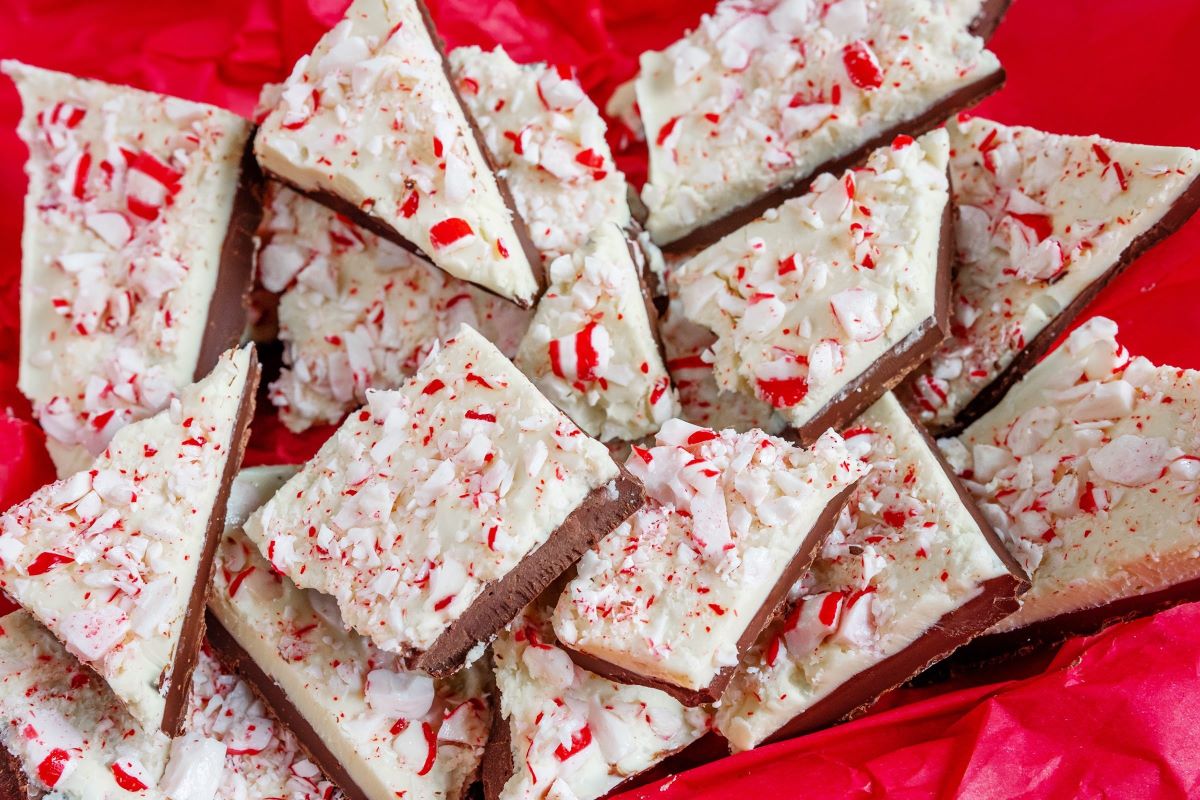
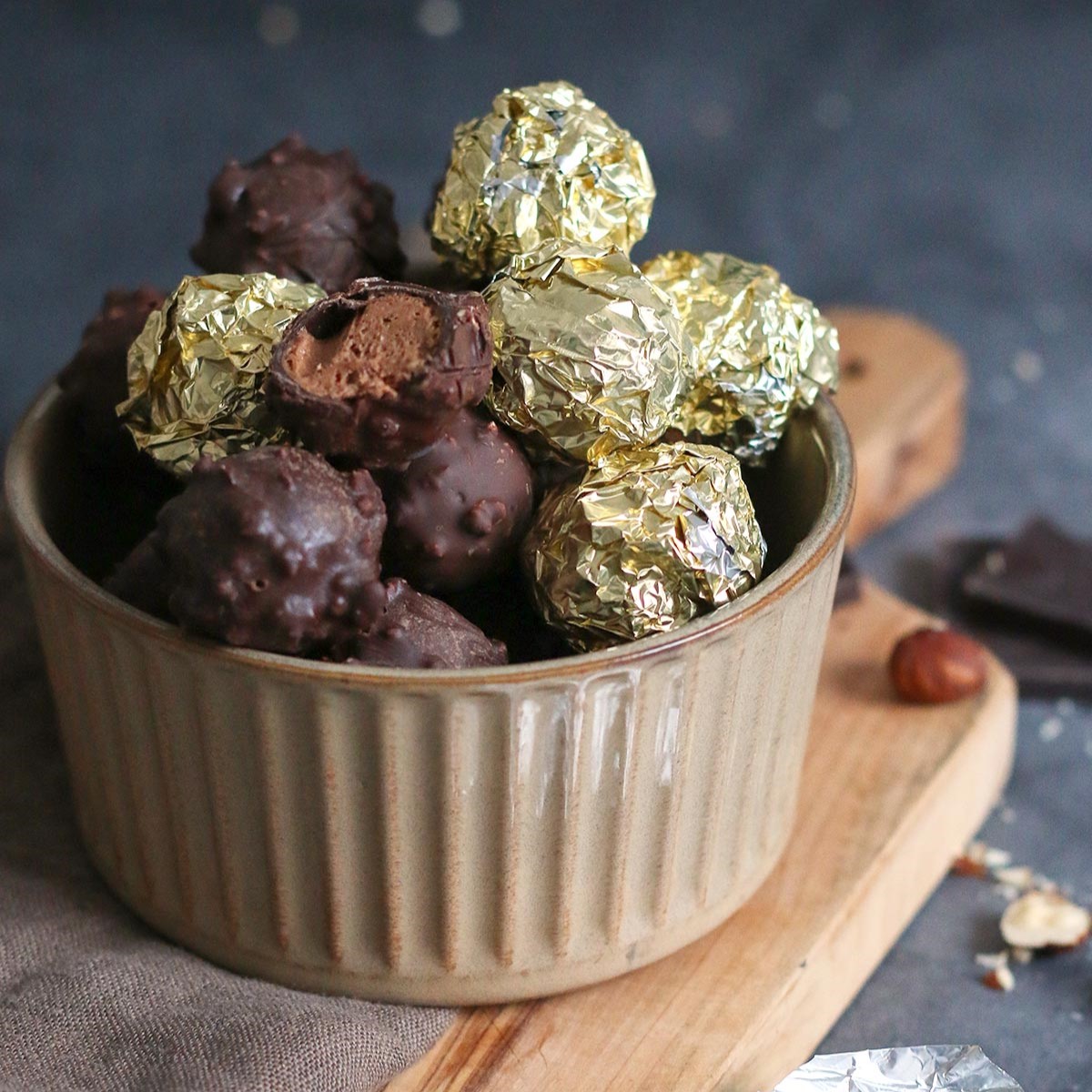
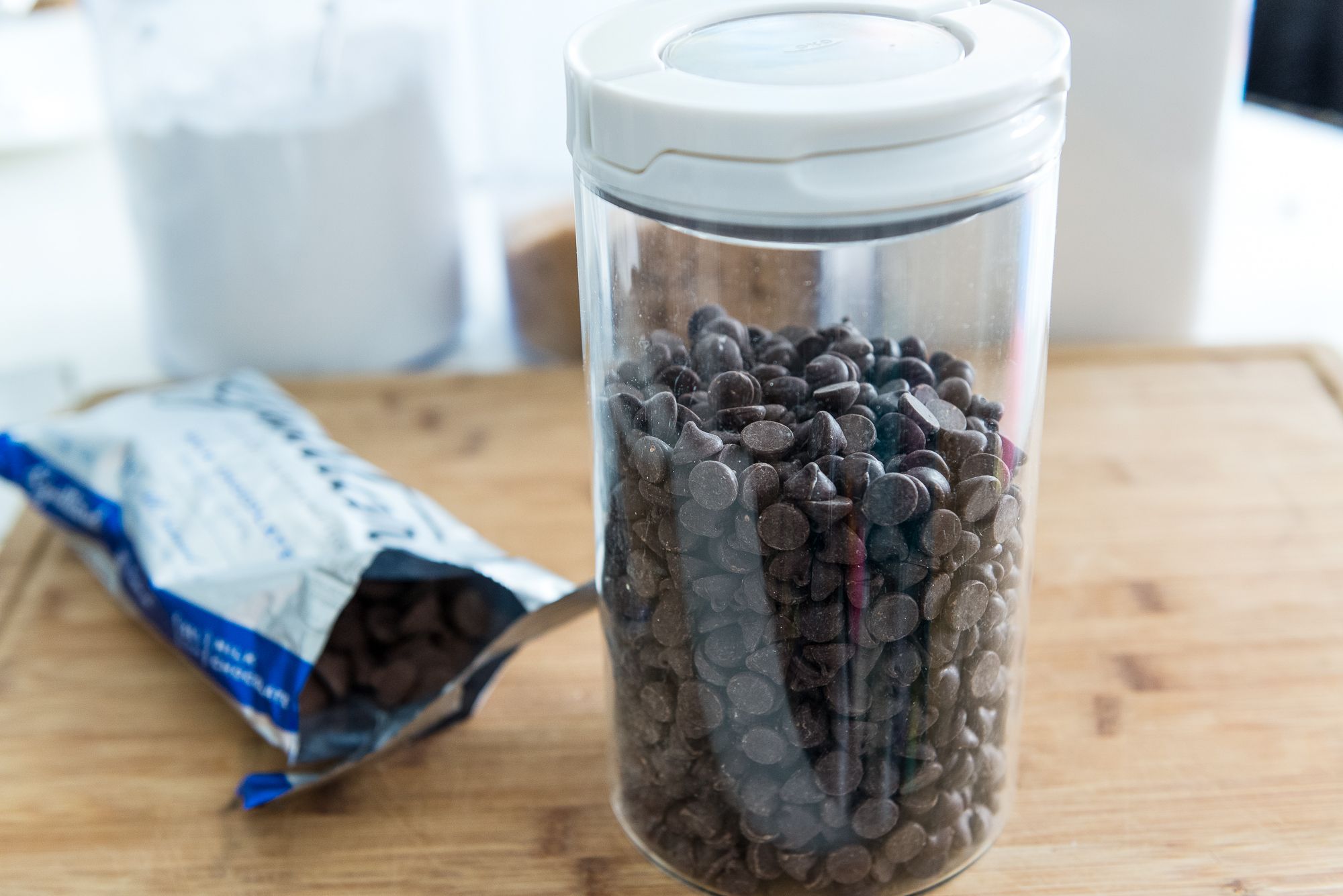
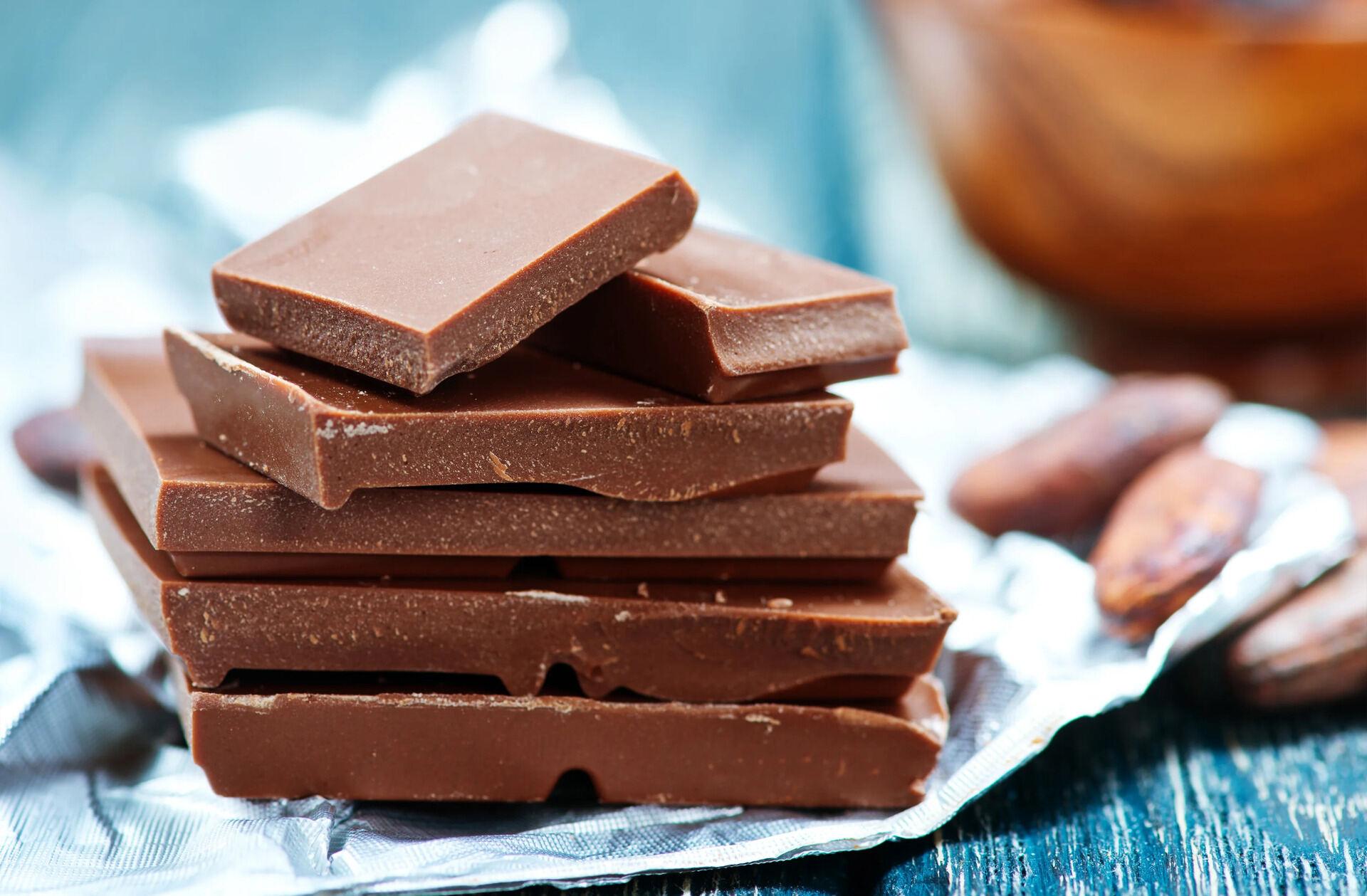
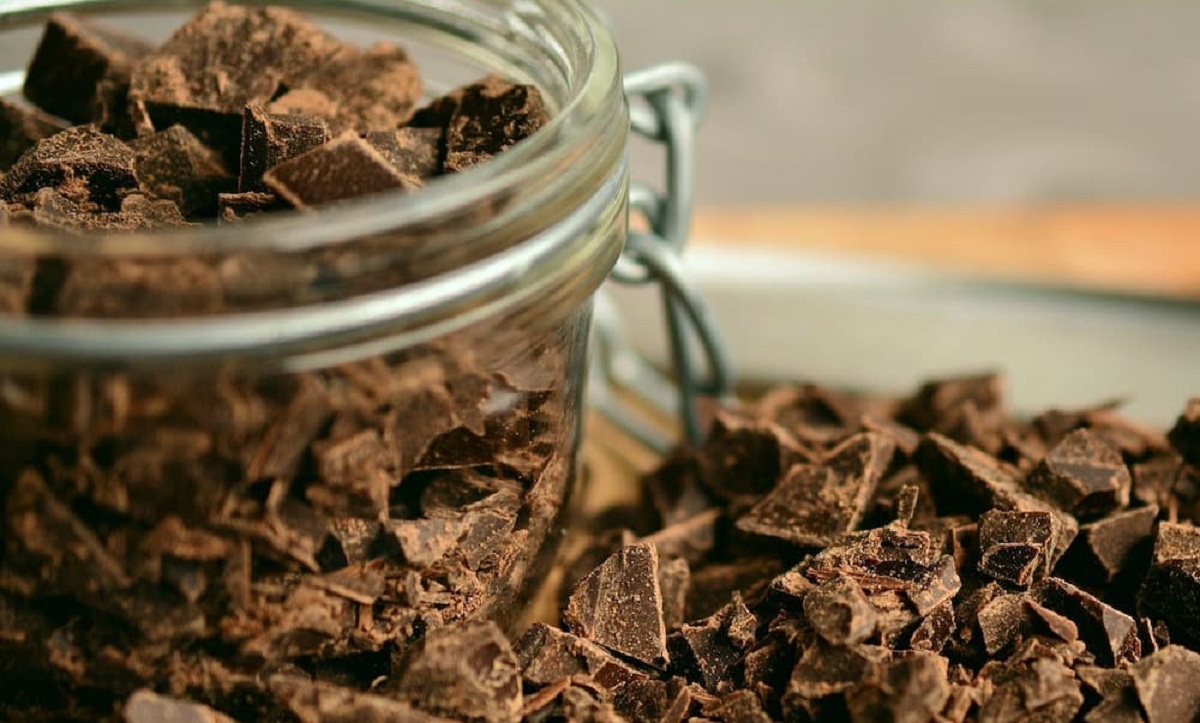
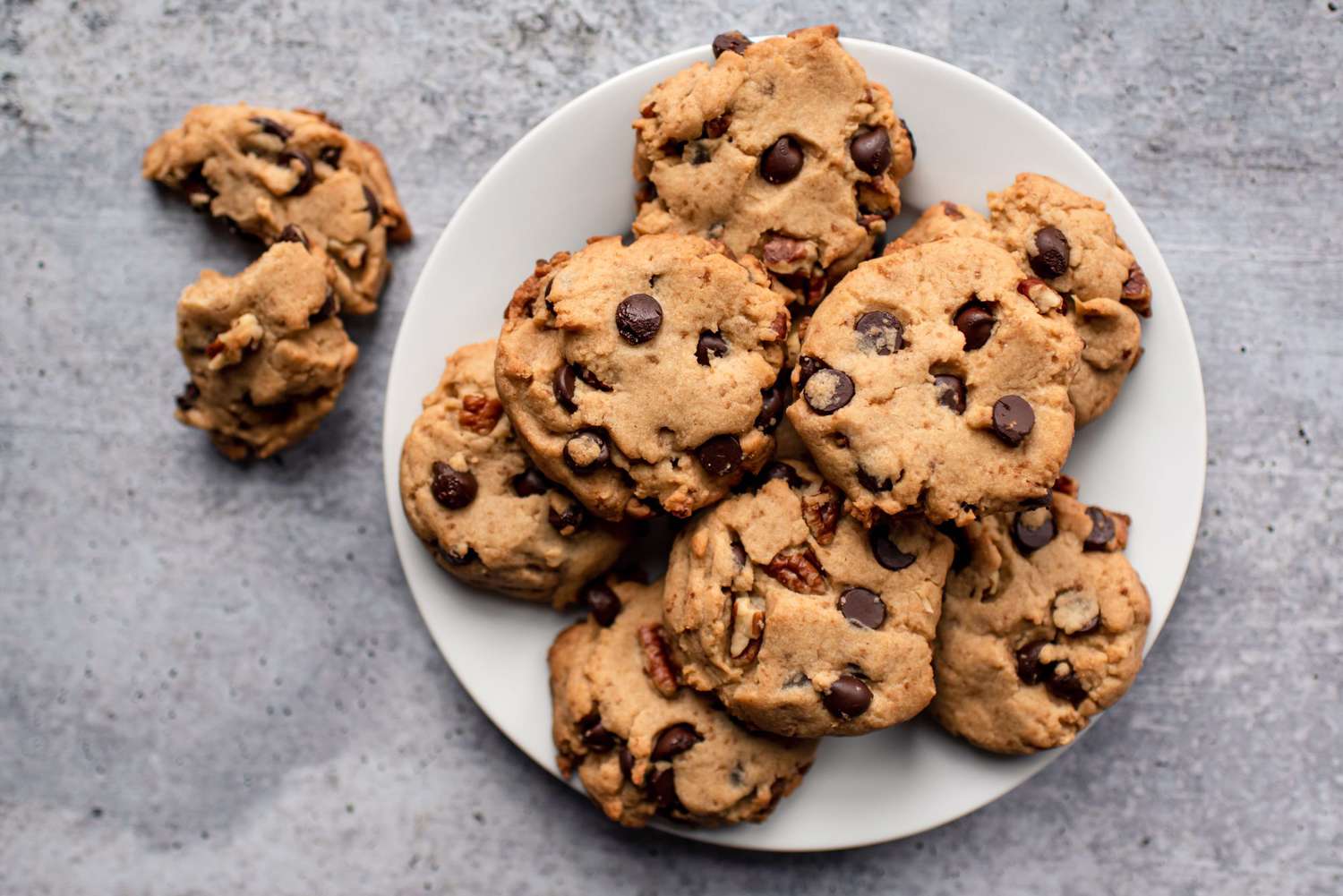
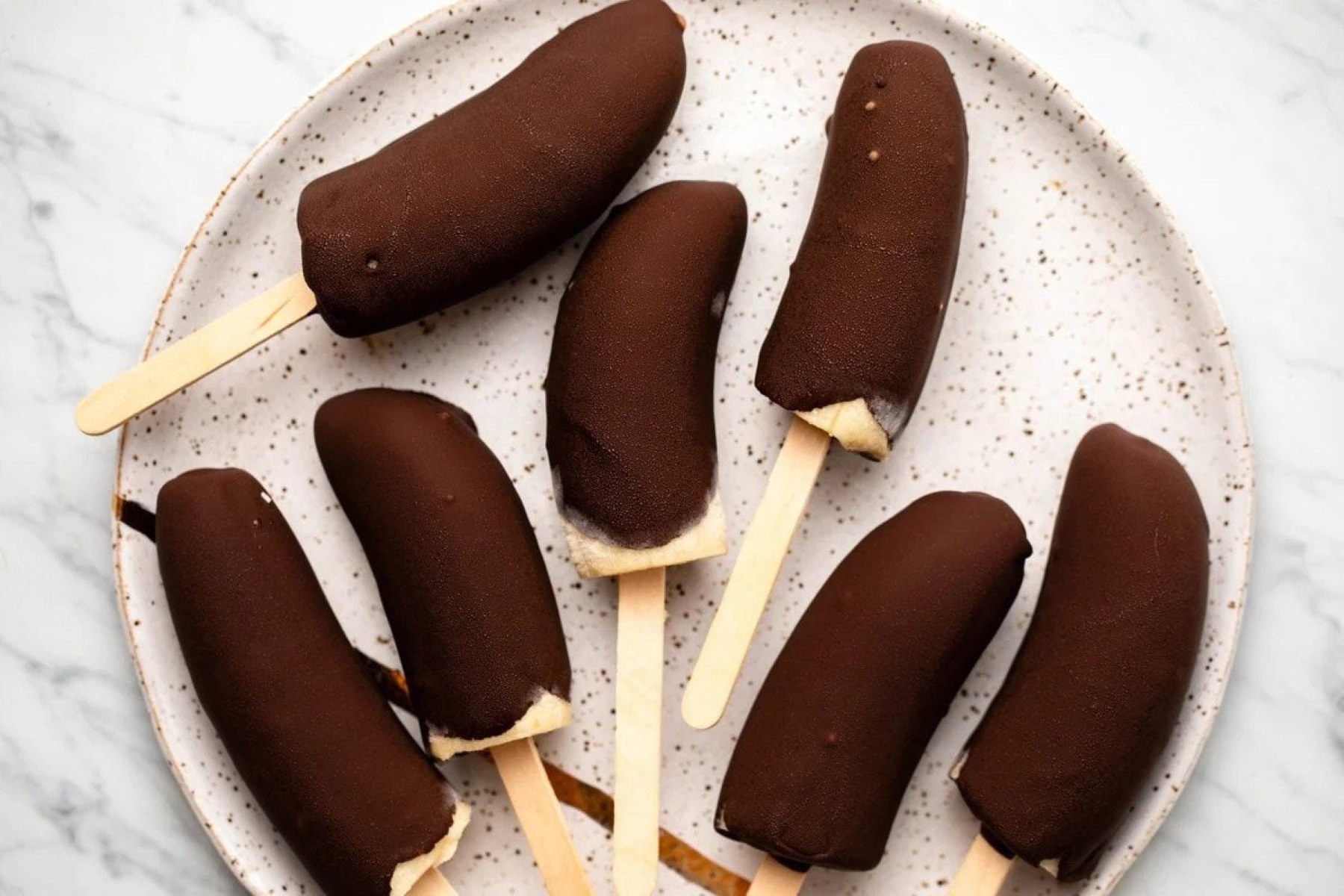

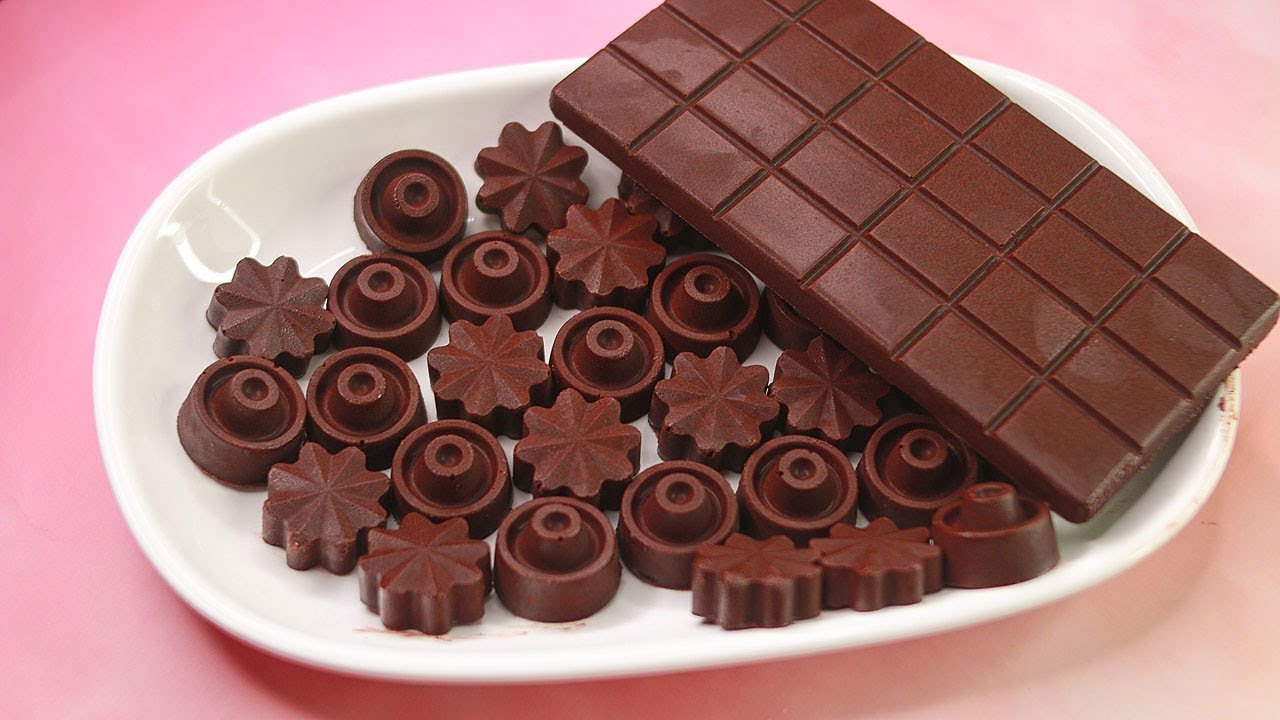
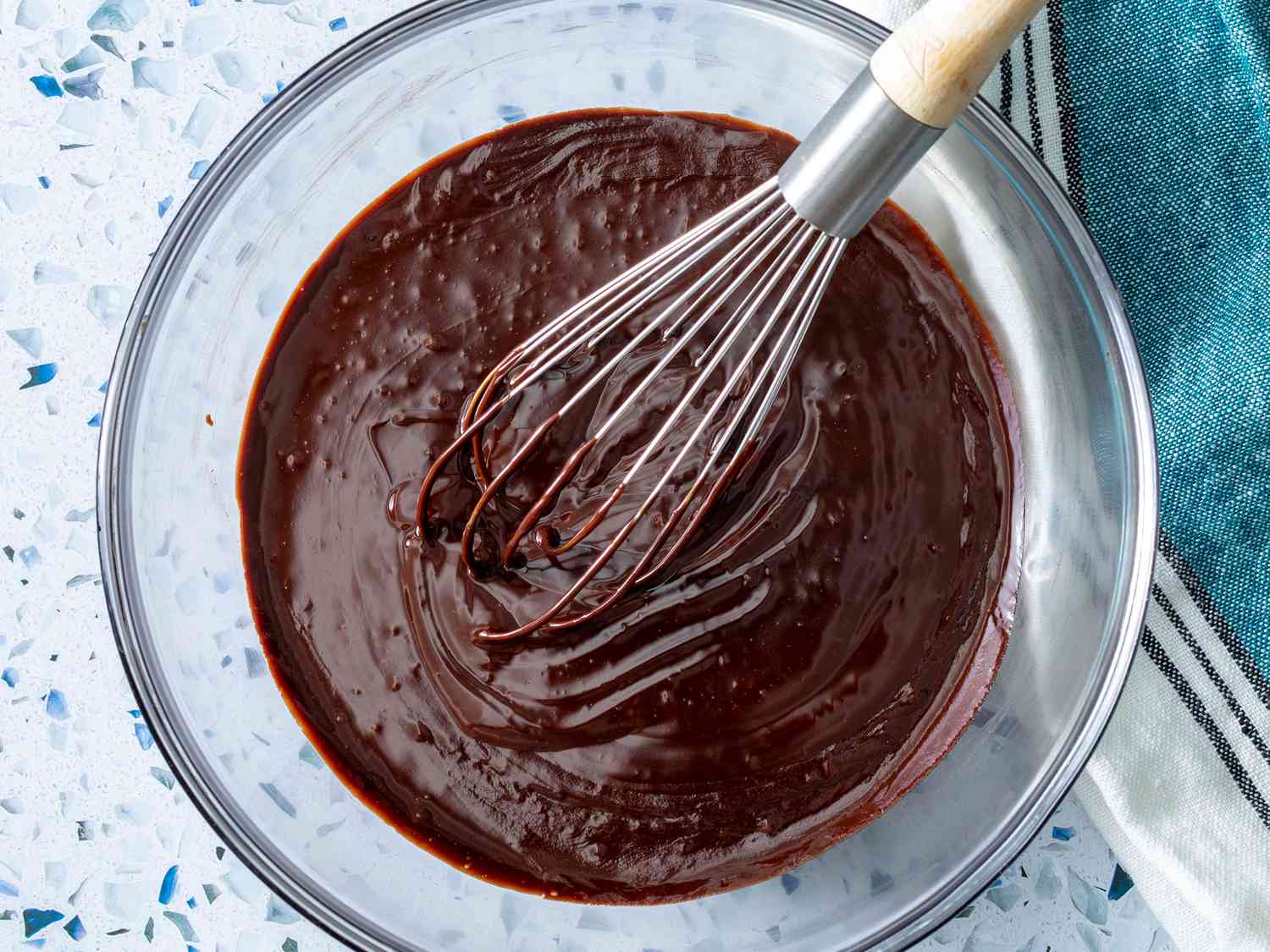
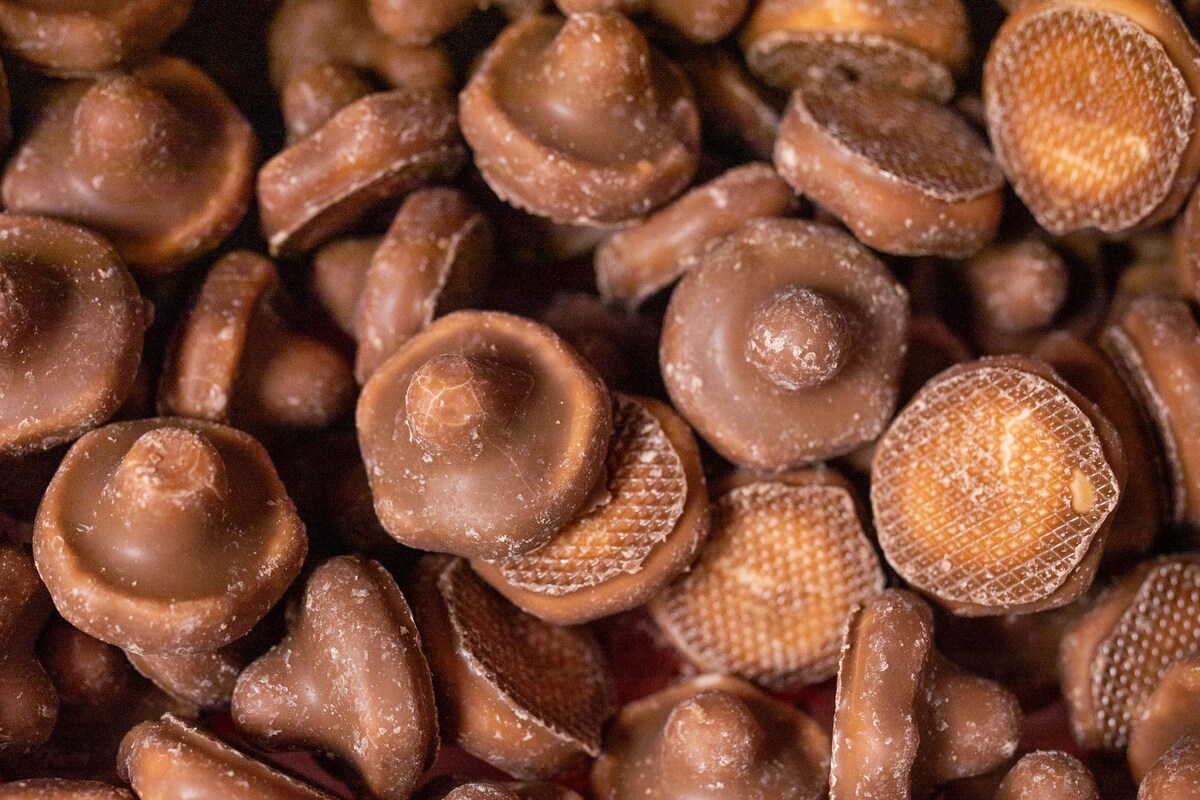
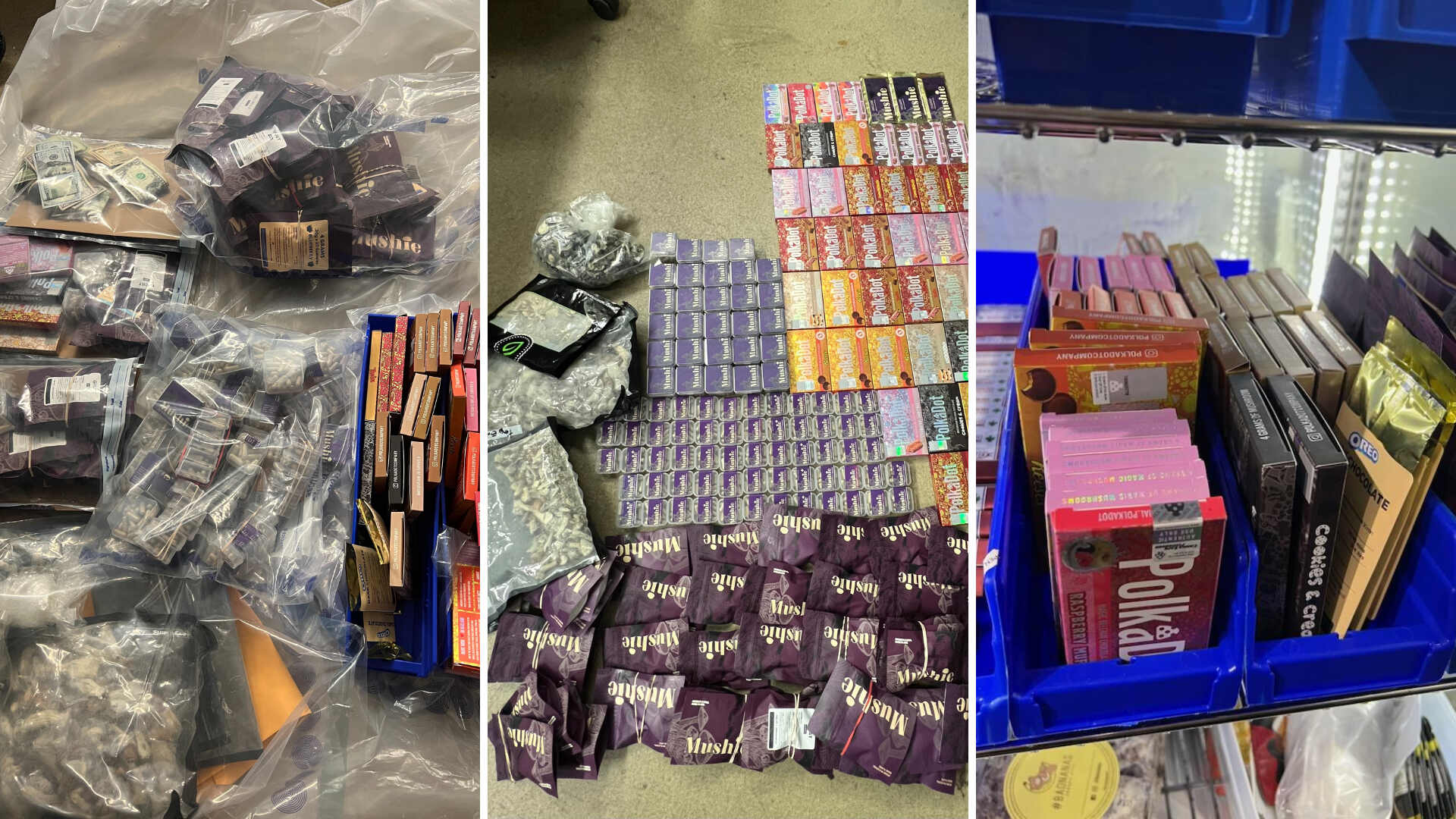
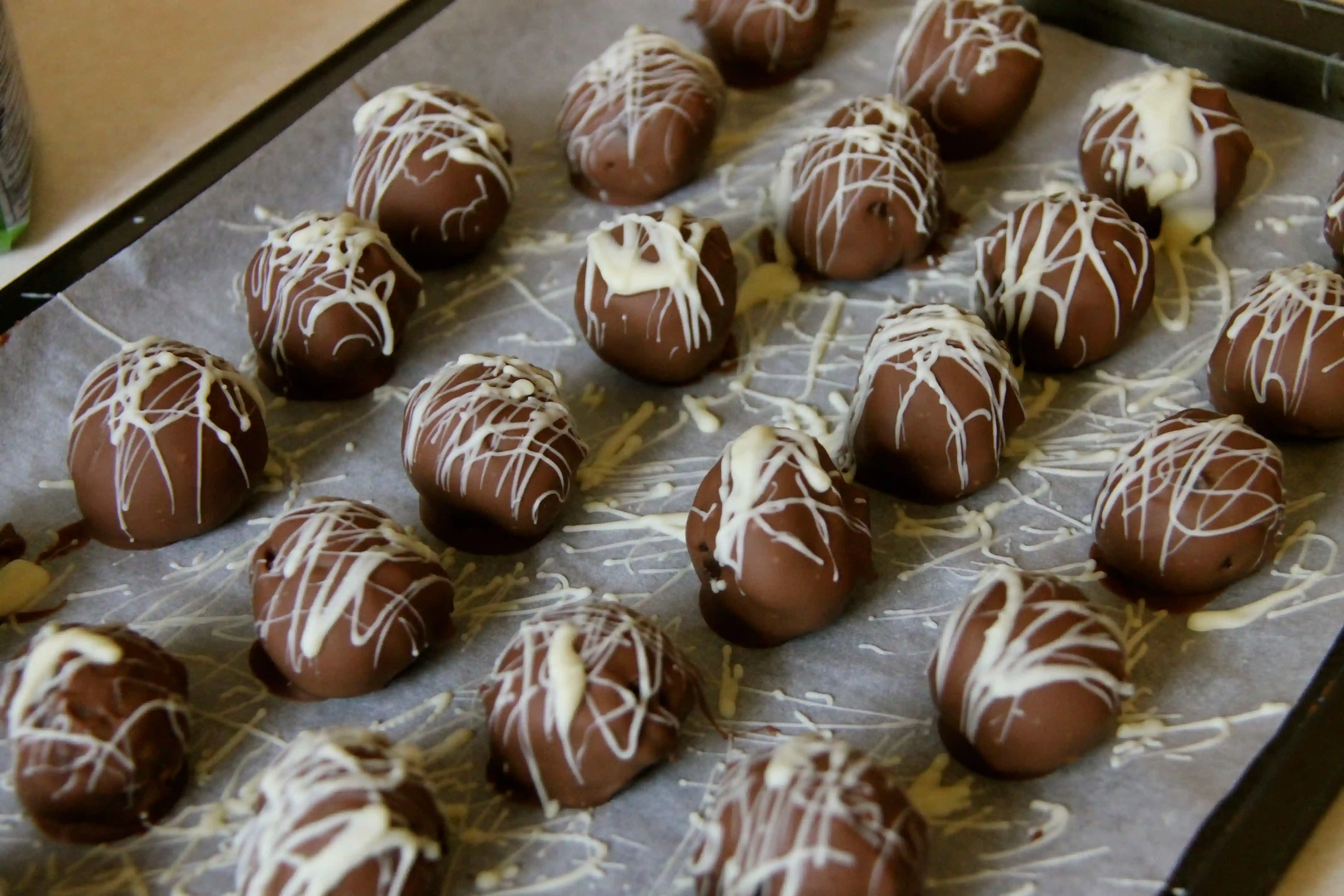
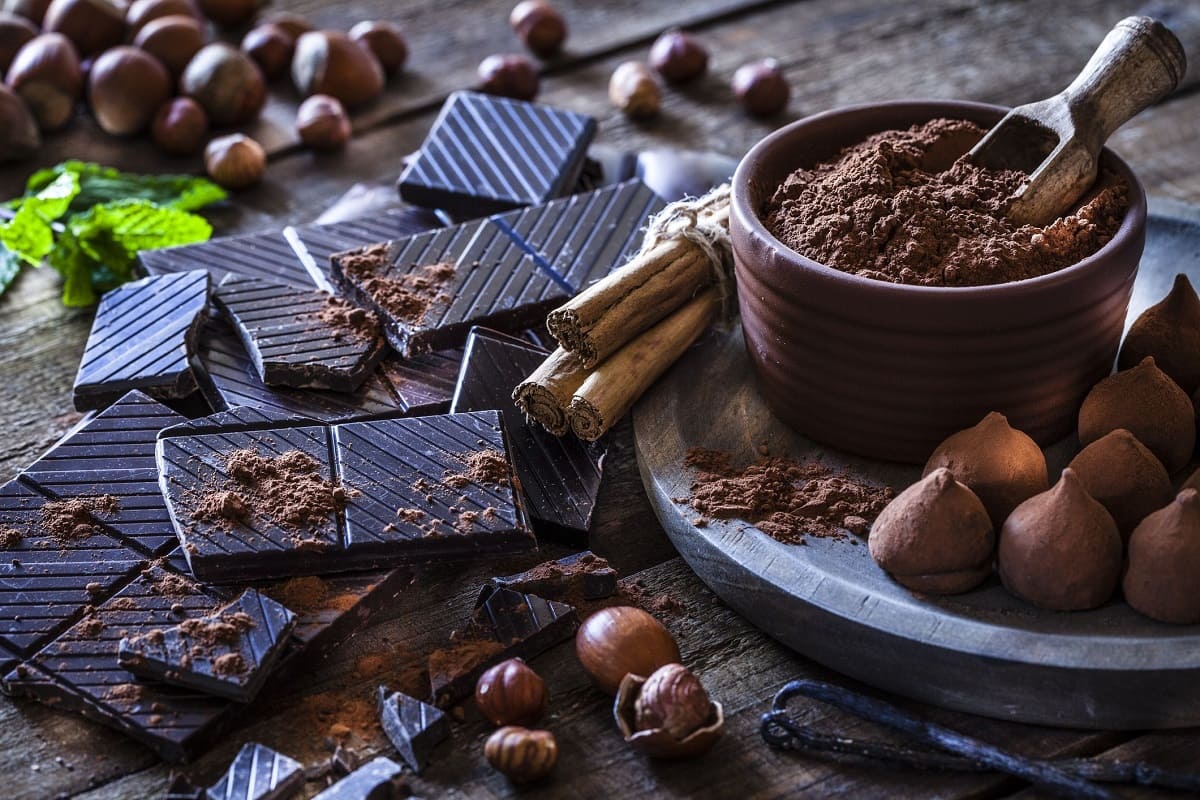

0 thoughts on “How To Store Chocolate Bark”